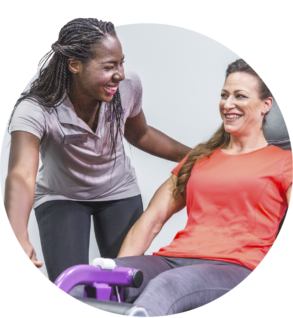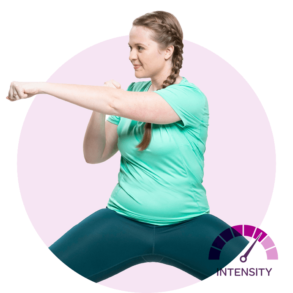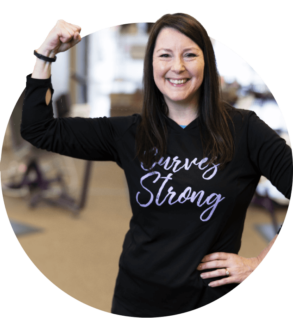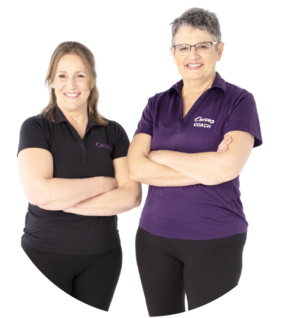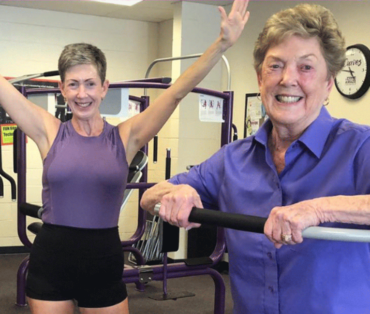Strengthen Back Muscles to Alleviate Back Pain
“Oh, my aching back!” What do you think of when you hear those words? If you’re like most people, you can relate from personal experience. According to the National Institutes of Health1, 80 percent of all adults will experience low back pain at some time in their lives, and 25 percent report having had back pain within the last three months. In fact, in 2010, lower back pain rose to become the third most burdensome medical condition in the U.S. Did you know that back pain is just as common in women as in men? What factors contribute to back pain? Factors that can lead to chronic back pain1 include:
Advancing age
The first occurrence of lower back pain usually happens between the ages of 30 and 50 and becomes more common as we age. As we get older, we experience loss of bone density and muscle elasticity, both of which can contribute to back pain.
Lack of fitness
Not surprisingly, back pain is more common in those who are out of shape. Abdominal and back muscles that lack proper strength are more susceptible to back injury. Therefore, getting in shape is one of the best things you can do to prevent or alleviate back pain.
Weight gain
Being overweight, especially if the extra pounds have been gained in a short period of time, puts additional stress on the back, leading to back pain. If you suffer from back pain, you may get some weight loss motivation from knowing that dropping pounds may help ease your pain.
How can I alleviate back pain?
One of the best ways to prevent or ease back pain is with a regular exercise plan. A regular full body workout that includes both aerobic and strengthening exercises can reduce weight, strengthen muscular support and increase flexibility. All of these things can help avoid or alleviate chronic back pain.
The National Institutes of Health (NIH) outlines four categories of exercises2 that are important for back health. The Curves circuit provides an outlet for each one.
- Flexion exercises are those in which you bend forward. This motion widens the spaces between the vertebrae, stretches the muscles of the back and strengthens abdominal muscles. The Curves Ab Back station provides flexion exercise.
- Extension exercises are those where you bend backward or raise the legs or trunk. Try taking one of Curves yoga-inspired Balance classes to provide an extension exercise for your body.
- Stretching exercises stretch and improve the elasticity for back muscles and other soft tissues of the back. The whole body workout at Curves includes stretching exercises to keep your back supple and pain-free.
- Aerobic exercise is good for your overall health and fitness. According to the United States Department of Health and Human Services3, everyone should get at least 150 minutes to 300 minutes of moderate-intensity aerobic exercise or 75 to 150 minutes of vigorous-intensity aerobic exercise per week. The Curves circuit machines and the metabolic conditioning stations between the machines provide a great opportunity for aerobic exercise. And the Cardio class‡ at Curves offers a higher intensity aerobic workout that includes strength, cardio, speed, power, flexibility, coordination, and agility—everything you want in a workout plan!
Preventing or alleviating back pain is just one more healthy reason to commit to your Curves full body workout three to four times a week. Find your nearest Curves Gym and get started now, your back will thank you for it!
1 National Institute of Neurological Disorders and Stroke
2 National Institute of Arthritis and Muscoloskeletal and Skin Diseases
3 US Department of Health and Human Services

